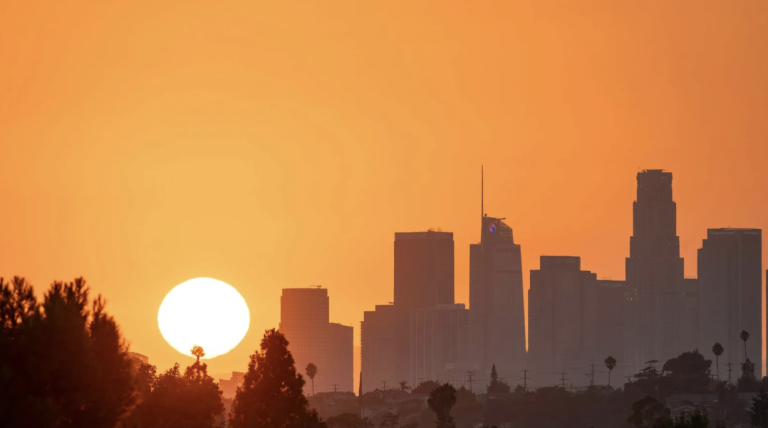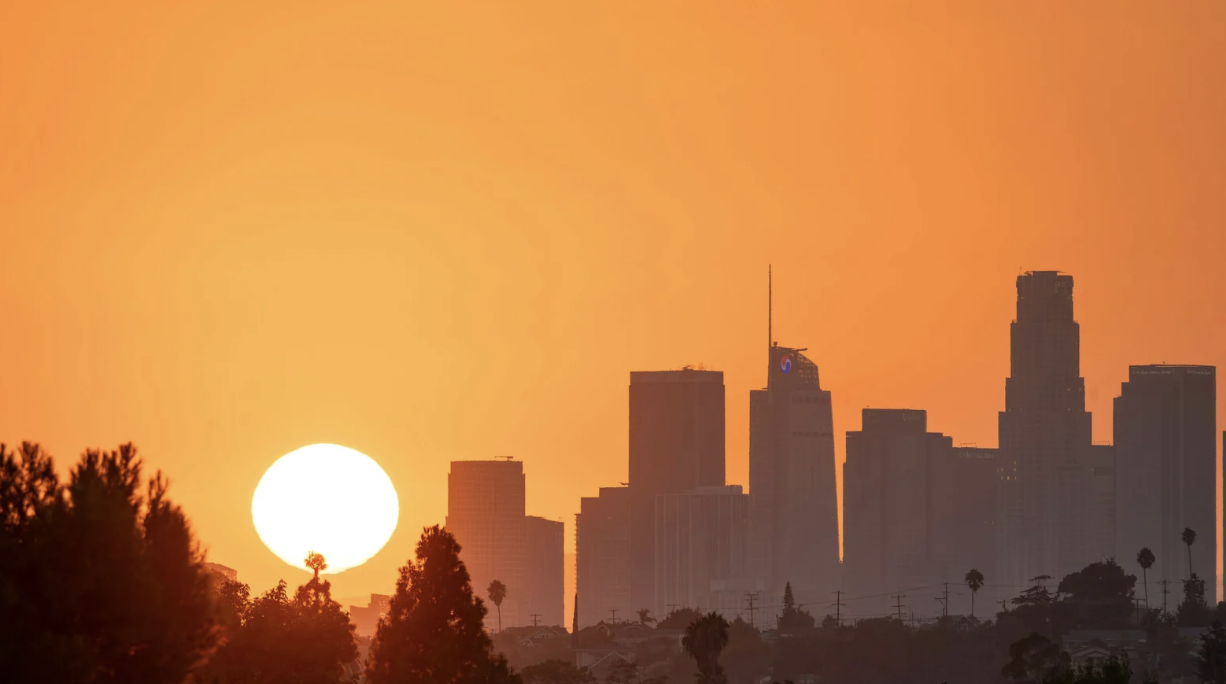Wildlife Refuges & Elk Watching in Los Banos
Tips on renting in Los Banos
Getting Around
What to Pack
Must-Try Activities
Smart Spending Tips
In the heart of California, Los Banos invites adventurous souls with its shimmering waters and the crisp scent of cedar lingering in the air. Here, the vast expanse of the San Luis Reservoir beckons with hints of adventure, the surface glinting under the sun. Families and couples can glide across its surface, kayaking or paddleboarding, with the gentle ripples echoing the laughter of loved ones enjoying the intimacy of nature.
Meander along the serene shores of the reservoir, stopping for a picnic beneath the swaying willows at the nearby O’Neill Forebay State Recreation Area. Explore the well-marked trails of the Los Banos Creek Bike Path, where vibrant wildflowers bloom in spring, painting the landscape in spectacular colors. For a taste of local charm, indulge in a meal at the historic Great Valley Restaurant, where farm-fresh ingredients stand at the forefront of every dish.
As the sun sets, casting golden hues across the lake, listen closely—local whispers recommend the hidden corners of the reservoir for tranquil evenings under starlit skies. Los Banos is poised to be your next cherished escape.

Frequently Asked Questions
Ready to see what Los Banos has to offer? Let’s tackle some of the burning questions you might have as you plan your visit!
-
To visit the San Luis National Wildlife Refuge in Los Banos, California, start at the modern and informative visitor center, open daily from 8:00 a.m. to 4:30 p.m., where you can gain insights into the refuge’s diverse habitats. Explore over 15 miles of auto tour routes and more than 10 miles of nature trails that traverse wetlands, uplands, grasslands, and riparian areas, all without an entrance fee. Bring binoculars and a camera to capture the thriving tule elk population and abundant waterfowl, and consider visiting in the fall for optimal birding and elk viewing experiences.
-
To launch your boat at Los Banos Creek Reservoir, head to the day use area, where you’ll find a well-maintained boat ramp and a floating dock, conveniently located near boat trailer parking spaces. This launch site is part of the California State Parks system and offers a safe and pleasant experience, especially with the reservoir’s 5 MPH speed limit, making it ideal for small water craft like kayaks and canoes. The area is accessible via Canyon Road, just off Highway 152, and is particularly popular for its excellent fishing opportunities.
-
For a serene canoe camping experience near Los Banos, head to the Los Banos Creek Reservoir, situated within the San Luis Reservoir State Recreation Area. Here, you can camp at one of the 20 primitive sites along the shore, each equipped with a shade ramada, fire ring, and table. The reservoir offers ample opportunities for canoeing, fishing, and relaxing, with a beach area accessible via a short trail from the day use parking lot, though be aware that boating is prohibited after sunset and there is no drinking water available on site.
-
In Los Banos, families can enjoy the H.G. Fawcett Canal Trail, a scenic off-road path that runs along the canal from West I Street to Pioneer Road, offering bench seating, shade trees, and a tranquil atmosphere. The Rail Trail system, another family-friendly option, includes the Lindemann Family Trail and Page Extensions Trail, both providing rural views and shade, with the latter offering access to local schools and State Highway 165. For a more extensive outdoor experience, Pacheco State Park, just 24 miles west of Los Banos, features 28 miles of trails suitable for hiking, horseback riding, and mountain biking, with beautiful spring wildflowers and diverse wildlife.
-
To watch wildlife, including the elusive tule elk, in Los Banos, head to the Los Banos Wildlife Area, a sprawling 6,200-acre wetland habitat. Here, you can explore the diverse landscape of lakes, sloughs, and managed marshes, home to over 200 bird species and a variety of other animals like deer, beavers, and muskrats. The area is open daily from sunrise to sunset, though it is closed from September 15 to the second Monday of February; be sure to have a CDFW Lands Pass or a valid California hunting or fishing license to enter.



